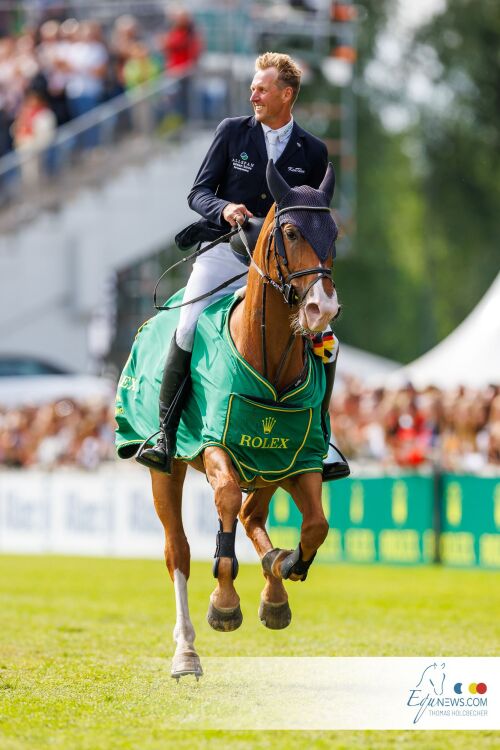Researchers at the Royal College of Surgeons in Ireland and SFI’s AMBER Centre have discovered a new material, which repaired damaged knee cartilage on an injured thoroughbred filly called Beyoncé, returning her to competitive showjumping. The breakthrough was published in the Journal of Tissue Engineering & Regenerative Medicine. The next major step will be applying the technology to humans requiring cartilage repair. The patented, multi-layered 3D porous scaffold, called ChondroColl, was developed by a team of researchers from the RCSI Tissue Engineering Research Group (TERG) and the Advanced Materials and BioEngineering Research (AMBER) Centre led by Prof Fergal O’Brien.
‘Our hope for the future is this technology will benefit human patients’ – PROF FERGAL O’BRIENChondroColl repairs articular joints by stimulating host stem cells to regenerate both bone and cartilage, using the composition and architecture of the biomaterial to actively direct tissue formation. It is composed of layers of collagen, hydroxyapatite and hyaluronic acid, materials native to articular joints, and is designed to direct the body’s own cells to regenerate damaged joints, thus presenting a potential solution that can benefit patients worldwide. A high-potential start-up company from RCSI, SurgaColl Technologies, is currently bringing the technology to market. “We are delighted with the outcomes from both pre-clinical studies and particularly with the results from the Beyoncé case,” said O’Brien, who is head of the Tissue Engineering Research Group in the Dept of Anatomy in the RCSI and deputy director of AMBER. “Our hope for the future is this technology will benefit human patients and through our spinout company, SurgaColl Technologies, this is very close to becoming a reality, with first human cases anticipated in the coming months.” This is the third research paper published in 2016 by the group that has demonstrated the ability of ChondroColl to repair cartilage and joint defects. This most recent study relates to a recent case in University College Dublin’s (UCD) Veterinary Hospital and provided the first clinical use of this scaffold. The patient was a 16-month-old thoroughbred filly called Beyoncé, who had large areas of damage in both left and right stifle (knee) joints as a result of a disease known as osteochondritis dissecans (a joint disorder in which cracks form in the articular cartilage and the underlying subchondral bone). The outcome for such patients is often poor and may lead to euthanasia of the animal in severe cases. David Stack and Florent David of UCD’s Veterinary Hospital carried out the removal of the unstable osteochondral fragments and subsequently the multi-layered scaffolds were then implanted, providing a template for new cartilage and bone to be formed. The procedure was very successful and since surgery Beyoncé has resumed training and will compete in showjumping events in the coming months. Additional healing assessment research reported for ChondroColl has also received promising results. The first, from a short-term pilot study, was published in Acta Biomaterialia, and the second was a long term pre-clinical study, also carried out in conjunction with UCD’s School of Veterinary Medicine, which has demonstrated the ability of the scaffold to heal defects at 12 months in goats. This was recently published in Biomaterials, the leading specialist journal in the field. “These studies were an interdisciplinary team effort and have shown potential of the biomaterial to heal different-sized injuries in patients,” said Dr Tanya Levingstone, first author on the studies, research fellow and honorary research lecturer in RCSI.



